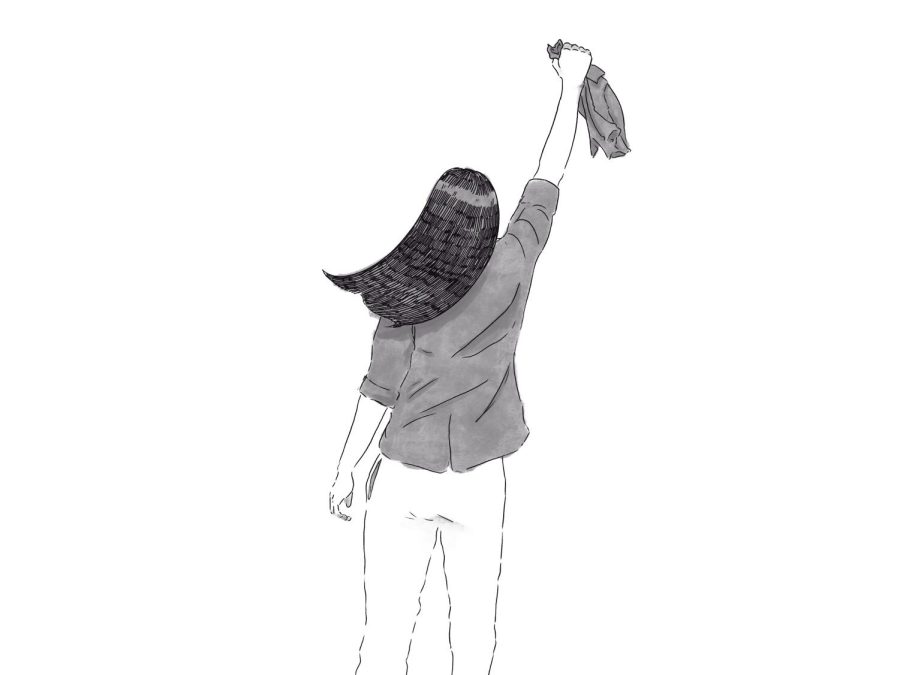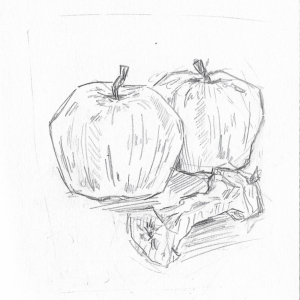Iranian Women and Youth Continue to Shake Repressive Regime
November 9, 2022
On September 13th, 22-year-old Kurdish-Iranian woman, Mahsa Amini, was arrested by Islamic “morality police” for not conforming to Iran’s strict dress codes. She was taken to a detention center in Tehran for “reeducation”. On September 16th, she died in police custody. Eyewitnesses and family members insist she was severely beaten by police. These allegations were denied by authorities, who claimed Amini died from a heart attack. Her brother told CNN, “I want the world to know that she was a good person. Her life didn’t end for nothing. I hope this starts something, maybe … to get a better Iran, a more free Iran.”
In response, massive protests erupted across 80 Iranian cities. Women are the face of these protests, often seen defiantly waving their compulsory hijabs in the air or setting them aflame. Men join them in chanting, “Women. Life. Freedom.” Global protests broke out in solidarity.
According to CBS, Ali Khameini, Supreme Leader of Iran, called the death “a tragic incident,” but warned that, “Those who foment unrest to sabotage the Islamic Republic deserve harsh prosecution and punishment.” In efforts to contain commotion, the government has been arresting, beating, and killing protesters, overwhelmingly youth. After the killing of a 16-year-old protester, Nika Shakarami, the government denied her family the right to bury her. Injured protesters have been arrested when hospitalized, causing many to avoid medical attention. As of October 8th, Iran Human Rights estimated a death count of well over 185. The exact number is impossible to gauge due to nationwide internet shutdowns. Niloufar Hamedi, the journalist who brought Amini’s story to light, is in solitary confinement. CRLS junior Stella Guest says, “I can’t imagine being in their position, risking their lives just for the personal freedoms we take for granted.”
Beyond frustration with dress codes, Iranians are expressing decades of suppressed resentment towards the Islamic regime. The 1979 Islamic Revolution established a theocracy, causing a drastic decrease in women’s rights and a halt to Iran’s westernization. While Iranian women remain highly prevalent in education and the workforce, they are prohibited from revealing skin or hair, traveling outside Iran without their husband’s permission, or retaining custody of their child if they remarry. Men do not have these restrictions, but they too lack freedom of expression and experience a crushing economic crisis. Due to sanctions placed by the Trump administration, the value of Iranian currency has depreciated so significantly that some basic foods, like eggs, have become luxury items. 40 percent of Iranians face poverty. The generation at the forefront of protests has no memory of a pre-revolution Iran. While being exposed to images of “normal” life through social media, all they’ve ever known is extreme social restrictions under the Islamic Republic.
In an interview with Morning Edition, the Foreign Minister of Iran, Hoessein Amirabdollahian, asserted, “There is not going to be regime change in Iran. Don’t play to the emotions of the Iranian people.” However, protests persist with no indication of slowing—a testament to the undeterred courage of Iranian women and youth. Eventual improvement in Iran is promising, as Amini’s brother had hoped.
This piece also appears in our October 2022 print edition.









